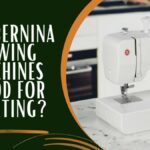Just starting out on your sewing adventure, you’re probably wondering, ‘Hey, can I actually use invisible thread in my sewing machine?’ Well, the answer’s a big fat yes! However, it’s not as easy as you might think. You’re gonna have to mess around with the tensions, pick out the best thread brand, and take things slow to dodge any potential screw-ups. But trust me, with the right techniques in your back pocket, your work will shine, with those stitches hiding away like they weren’t even there in the first place. So, let’s jump headfirst into the crazy world of invisible thread and get you using it like a pro in your sewing machine.
Can Invisible Thread be Used in a Sewing Machine?
Yes, invisible thread can be used in a sewing machine. But remember, it’s essential to adjust the tension settings and use a larger needle to prevent the thread from breaking.
While it might seem like a cool idea to sew with invisible thread, it can be a real pain sometimes. It comes with its own set of hurdles like the thread snapping suddenly or having to deal with tension adjustment problems. Issues with your sewing machine can pop up if the tension settings aren’t just right. Remember, it’s super important to dial down the upper tension. Trust me, you’re better off using the regular thread in the bobbin and keeping the invisible thread for the top. If you slow down your sewing speed, you can dodge a lot of potential problems. Make sure you’re using a decent brand of invisible thread and a smaller needle. Also, it’s really important to keep the thread from getting tangled on any part of the sewing machine. Despite all these challenges, using invisible thread can be totally worth it, especially when you’re more into piecing together your masterpiece than focusing on the quilting part.
Tips for Adjusting Tension When Using Invisible Thread
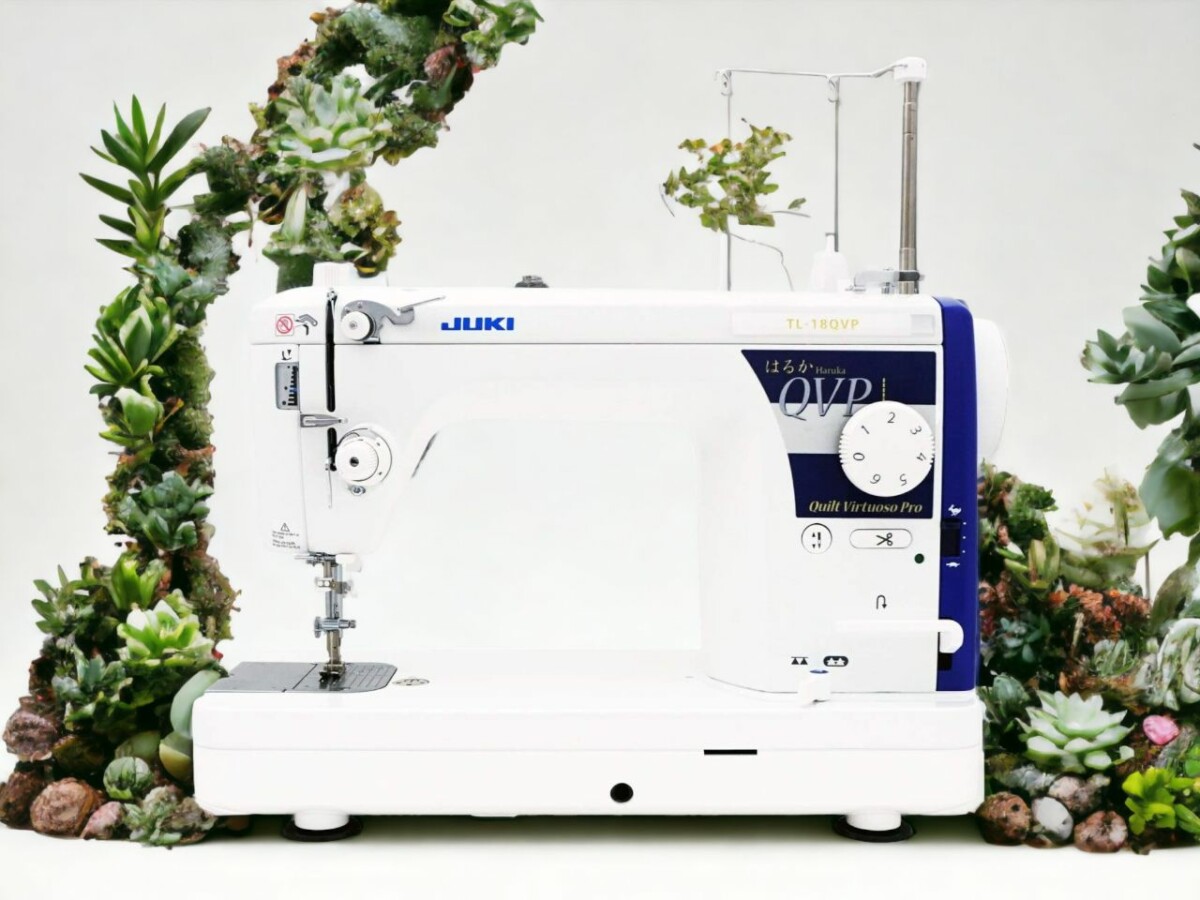
Combining Regular and Invisible Thread: Tips and Techniques
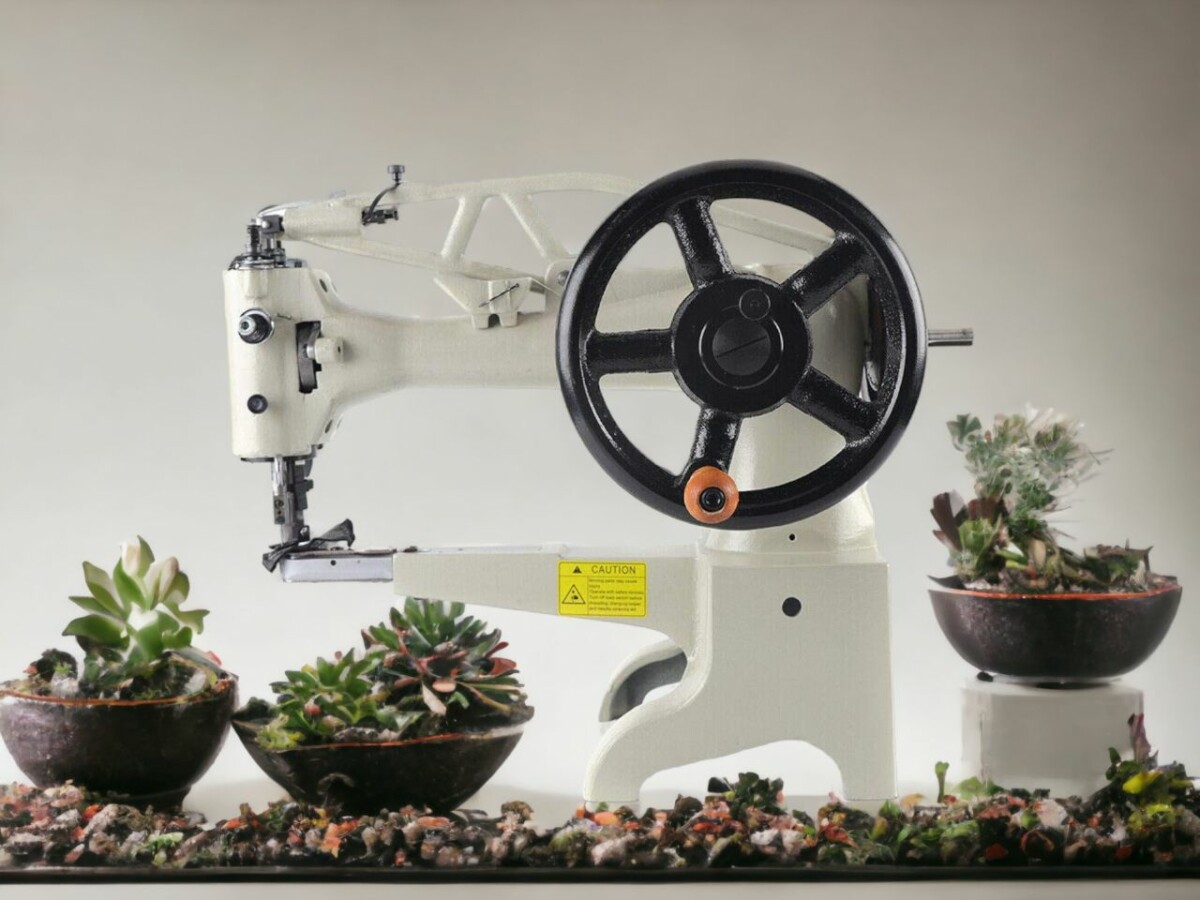
- Tension Adjustments: When using invisible thread for quilting, you’ll need to loosen the upper tension. This prevents breakage, a common issue with invisible thread.
- Thread Combination: Use regular thread in the bobbin and invisible thread on top. This simplifies troubleshooting common issues with invisible thread.
- Slow and Steady: Sew slowly. Speed can cause invisible thread to stretch or break.
Importance of the Right Needle and Thread Brand
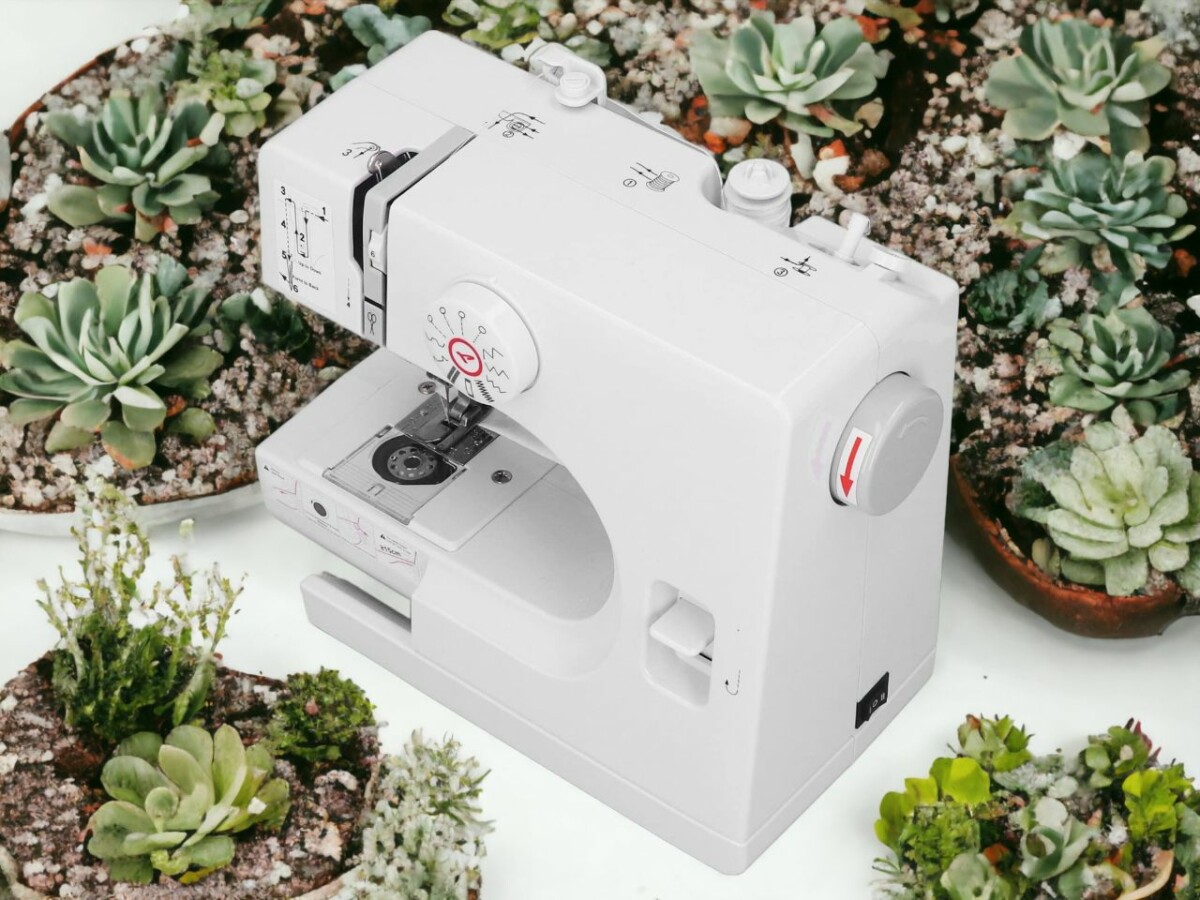
Preventing Thread Breakage: The Role of Thread Holder Stand and Proper Winding
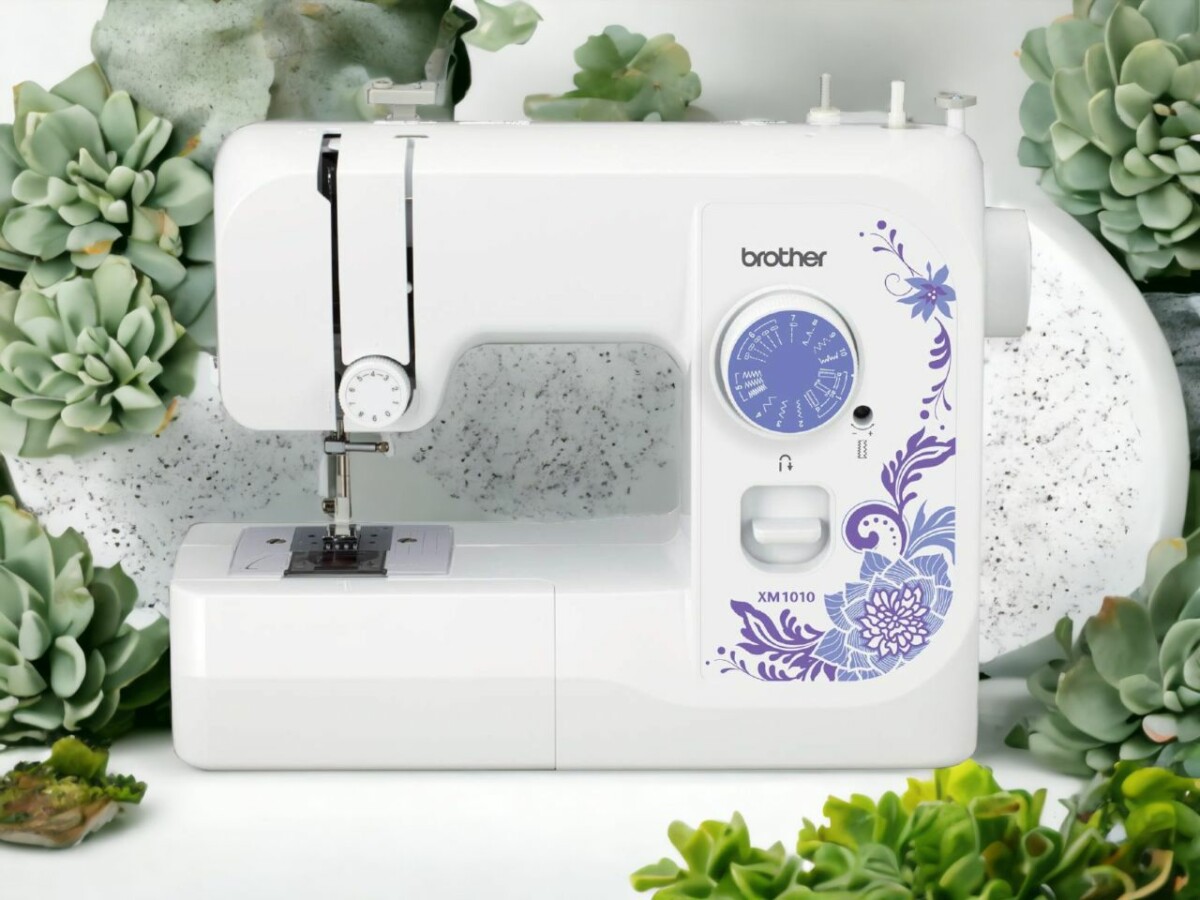
Going Further with Your Sewing Machine?
So, by now, we’re pretty much experts at the crafting game, right? You’re scouring the internet for pro tips on sewing machines and boy, have we got some for you. Picking your brain about whether you can use coconut oil on your sewing machine? Curious if your precious piece of crafting equipment would fit in a sewing table? Or are you contemplating the choice between a computerized vs mechanical sewing machine? We’ve dug deep into the nitty-gritty of these fascinating questions.
Finding the best lubricant for your machine is trickier than you think and coconut oil might just end up being your unexpected best friend. You’re probably looking at your sewing table and sewing machine pairing right now, equally clueless and hopeful. We’ve all been there. Pssst, you might just end up thanking us for these unexpected pearls of wisdom.
And then comes the big daddy of all sewing machine questions: mechanical or computerized? The kind of debate that inspires passion in the heart of every seamstress or tailor when it’s time to upgrade. Don’t worry, we’ve got you covered, friend. So, next time you put that invisible thread in your sewing machine and sit down for a good sewing session, remember these golden tips. You got this!
I graduated from London College of Fashion, and I’ve been working for a Fashion Design company for 10 years. My other hobbies are going to the gym and reading.



